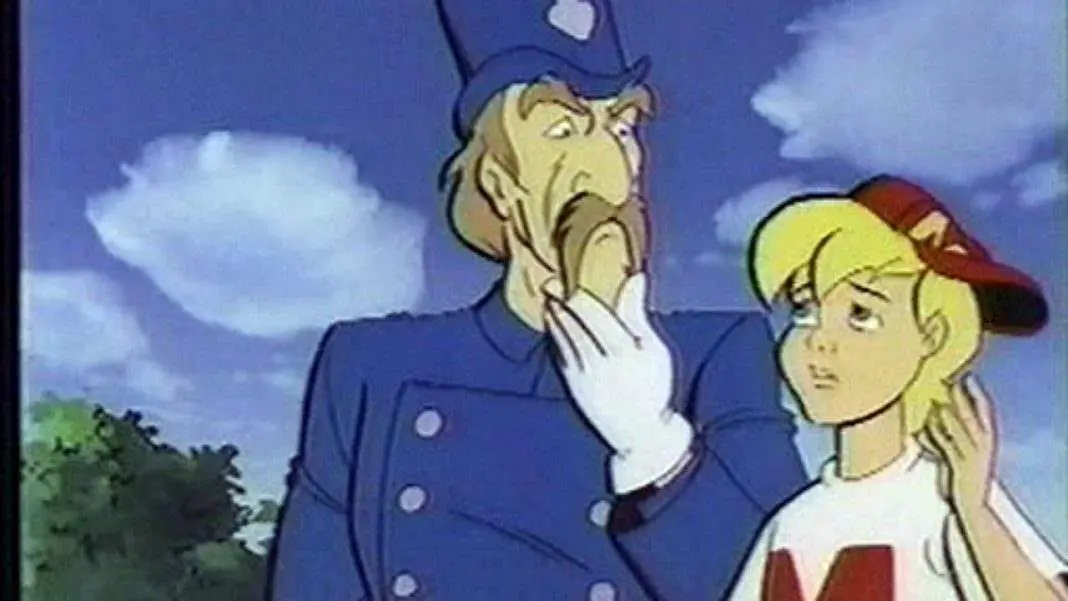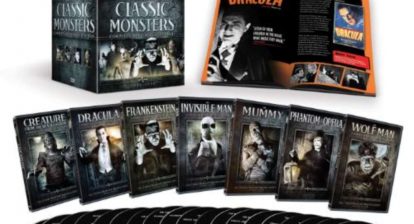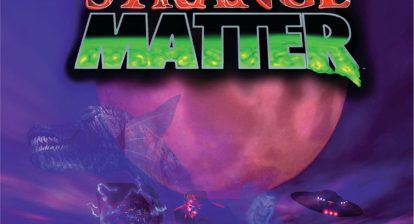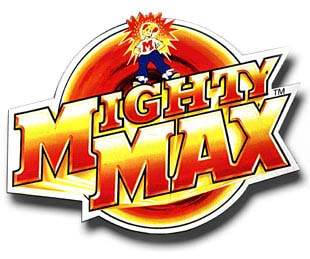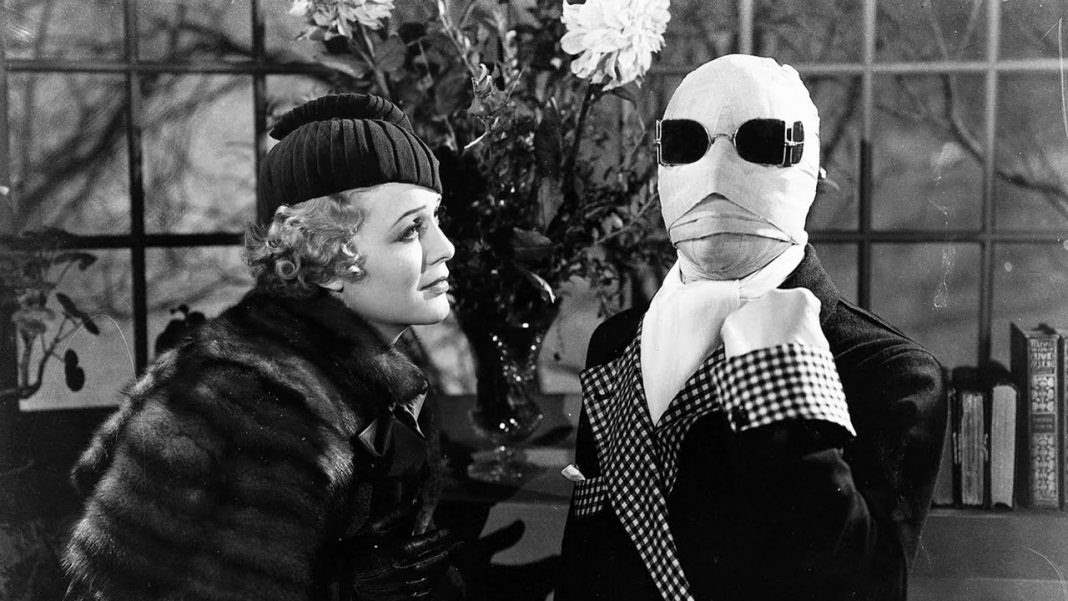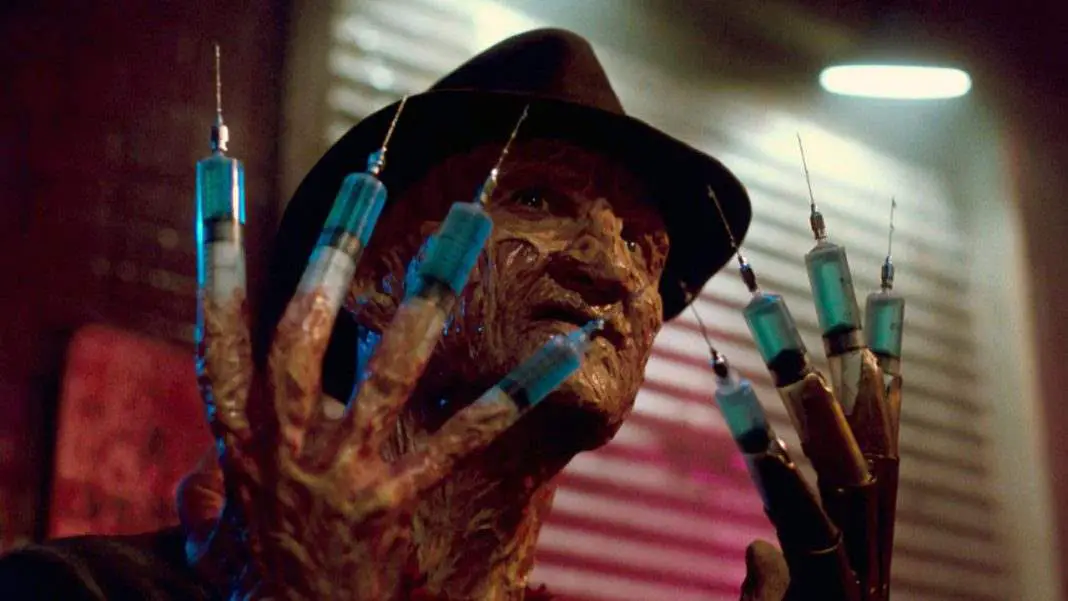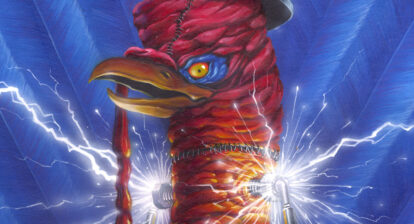There’s a lot you probably remember about the ‘90s. Goosebumps. Animorphs. Dunkaroos. Dawson’s Creek. Crystal Pepsi—but there are a lot of things you probably don’t remember, even if they were popular for the time. I’m pretty sure Mighty Max is one of those things, at least it is for most people. It’s not fondly remembered today. It’s not really remembered at all. I can only speak to my own experience with it, being a kid who loved stupid toys and, above all, monsters. It catered to those sensibilities. For me, it came along at the perfect time to become something my young mind would latch onto. It allowed my imagination to go wild.
But before we get into exactly what it is, let’s back up. As progressive as the ‘90s could be in some respects, the whole decade had an obsession with making separate versions of every toy imaginable to cater to both genders. With Happy Meals, you would always get either the boy toy or the girl toy. If they made a pogo stick that was blue, well then they also made damn sure to make one that was pink. And that’s key to consider in the inception of Mighty Max.
Because there was a girl’s toy called Polly Pocket. It was insanely popular. Girls went nuts for these things. They came in little heart-shaped jewelry boxes, or various other shapes, and when you opened them up you found a little play set inside. Of course, everything that got popular in the ‘90s became a fad, so young girls—and older girls and guys too, I’m sure—started collecting them like crazy.

I was at the perfect age when I stumbled onto Mighty Max because I had already seen the classic Universal monster films. I was a little kid just dipping my toes into horror and this series served as one of those perfect introduction points. It was pure fantasy. Here was a kid just like me—well, way cooler than me, he had a backwards baseball cap—going up against all of the classic monsters, one at a time.
Of course, one of my problems as a kid was that I needed to know what the story was with just about every toy I played with. Each time I played with action figures, it was like making a movie. I even tilted my head and squinted my eyes to try and get the angles right. In some ways, Mighty Max was perfect for that because it displayed a whole little world. In some ways, it was terrible because the toys were very, very small and didn’t give you much to go on in terms of what this kid was actually supposed to do.
 Luckily, along came the Mighty Max cartoon. It taught me everything I needed to know about Max in the best, most ridiculous way possible. Unfortunately, the series only ran for two seasons, amassing a grand total of 40 episodes. But that’s nearly twice the length of some of the other cartoons I loved as a kid. Max’s story starts when he receives an Ancient Egyptian statue in the mail, bearing the best message a thousands-year-old statue could ever bear: “You have been chosen to be the cap-bearer, go to the mini-mart and wait for a sign, Mighty Max.”
Luckily, along came the Mighty Max cartoon. It taught me everything I needed to know about Max in the best, most ridiculous way possible. Unfortunately, the series only ran for two seasons, amassing a grand total of 40 episodes. But that’s nearly twice the length of some of the other cartoons I loved as a kid. Max’s story starts when he receives an Ancient Egyptian statue in the mail, bearing the best message a thousands-year-old statue could ever bear: “You have been chosen to be the cap-bearer, go to the mini-mart and wait for a sign, Mighty Max.”
When he smashes the statue, he finds his fabled red baseball cap inside. The hat allows him to teleport all over the globe, including even going back in time, and it basically transports him into the worlds of some of the best and most recognizable monsters imaginable. In this quest, he’s aided by a fowl named Virgil and a Viking named Norman. And they are constantly being pursued by an evil being known as the Skullmaster, naturally voiced by Tim Curry.
It’s easy for me to look back over 20+ years and see what I loved so much about this show. It was basically the perfect combination of two accessible horror flicks I couldn’t get enough of in my youth: The Monster Squad and Waxwork. It gave me the things I loved about both of those in a condensed, weekly animated format. Like Monster Squad, it was about a kid facing off against the world’s scariest, most infamous monsters. Like Waxwork, it was about hopping into the world that each character inhabited. That’s something I was fascinated by. It wasn’t just the notion of seeing Dracula in real life, but of seeing his castle, exploring Frankenstein’s lab, etc.
 Mighty Max let my young imagination run wild. It was absolutely bizarre. The story was nuts and the whole thing was just so ‘90s. And those are all things that I loved about it. This was a Bart Simpson-esque wisecracking, skateboarding kid whose backwards baseball cap was the source of his power. He’s every ‘90s kid distilled into a single stereotype. The series finale was literally titled “Armageddon Outta Here.” His best friend was a Viking named Norman, people. Everything about the concept was insane.
Mighty Max let my young imagination run wild. It was absolutely bizarre. The story was nuts and the whole thing was just so ‘90s. And those are all things that I loved about it. This was a Bart Simpson-esque wisecracking, skateboarding kid whose backwards baseball cap was the source of his power. He’s every ‘90s kid distilled into a single stereotype. The series finale was literally titled “Armageddon Outta Here.” His best friend was a Viking named Norman, people. Everything about the concept was insane.
And that’s precisely why I continue to look back on this brief obsession in my youth with nothing but fond memories.
That Sega Genesis game was hard as hell, though.
